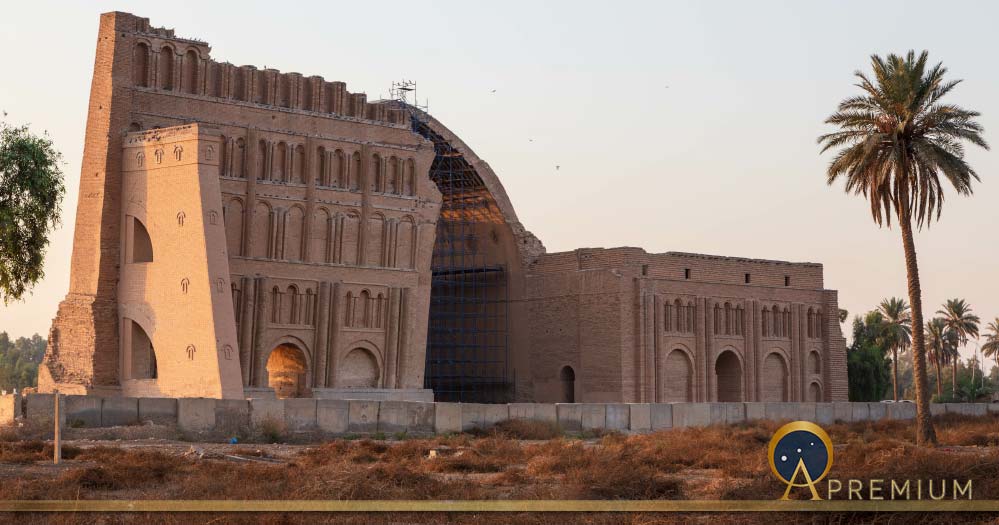Seleucia And Ctesiphon, Opposite Jewels On the Banks Of The Tigris
On the banks of the Tigris river, not far from the confluence of the Tigris and Diyala rivers, about 35 kilometers (21 miles) southeast of Baghdad, lie the ruins of two ancient cities, who once shimmered in their brilliance, facing each other over the river. Seleucia on the Tigris, was a significant ancient city founded by Seleucus I Nicator, one of the great generals of Alexander the Great, in the fourth century BC. Two centuries later, across the river rose Ctesiphon, founded in the late 120s BC by the Parthian King Mithridates I. Shared culture and trade bridged the two cities on the Tigris, and as they prospered their wealth gave rise to coveted ownership, thus they shared the same fate as both were conquered, raised to the ground, rebuilt and finally abandoned. Covered with the sands of time, they lay undiscovered and lost in the Fertile Crescent, until modern archaeologists unearthed the palaces from whence kings of old once ruled over mighty empires.

Postage stamp of Iraq. Shared culture and trade bridged the Tigris flowing between Seleucia and Ctesiphon (Popova Olga/ Adobe Stock)
Seleucia, the Eastern Capital of the Seleucid Empire
After the death of Alexander in 323 BC, his empire was divided among his generals, the Diadochi, and bitter wars raged on for many years among them, until eventually, each of the chief generals established his own empire, thus dividing the great realm of late Alexander. Seleucus I Nicator took control of the eastern portion, which included the region of Mesopotamia and Persia and in 305 BC he founded Seleucia and named the city in his own honor, which was a common practice in the Hellenistic world.

Tetradrachm of Seleucus I, Seleucid (ca. 304–294 BC) Metropolitan Museum of Art (Public Domain)
Seleucia was strategically located at the confluence of the Tigris and Diyala rivers, making it a vital center for trade and communication. The city was well-situated to facilitate the movement of goods and ideas between Mesopotamia, Persia, and the Mediterranean world. Its location also made it an essential military and administrative center, as it allowed the Seleucids to exert control over their eastern territories. Due to this position and its planned creation, Seleucia quickly grew in importance and wealth, and was established as the eastern capital of the Seleucid Empire.
Like this Preview and want to read on? You can! JOIN US THERE ( with easy, instant access ) and see what you’re missing!! All Premium articles are available in full, with immediate access.
For the price of a cup of coffee, you get this and all the other great benefits at Ancient Origins Premium. And - each time you support AO Premium, you support independent thought and writing.
Dr Micki Pistorius has an Honours Degree in Biblical Archaeology
Top Image: Taq-e Kasra at Ctesiphon, Iraq (Анастасия Смирнова/Adobe Stock)
By: Dr Micki Pistorius and Aleksa Vučković

















